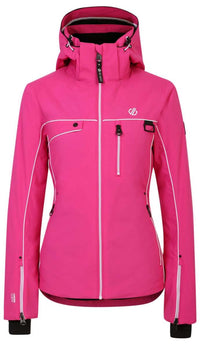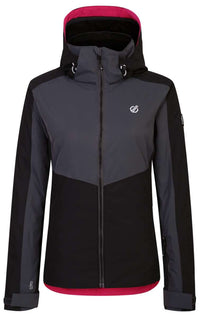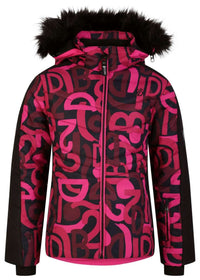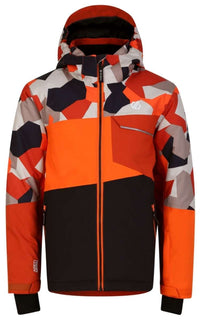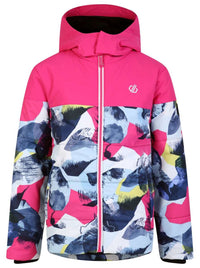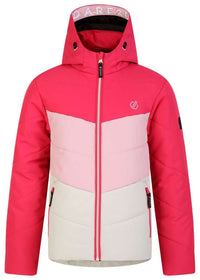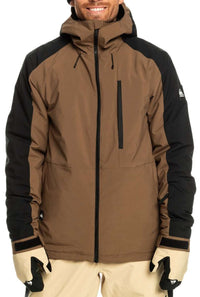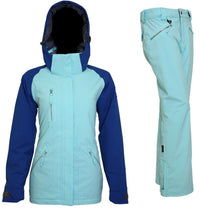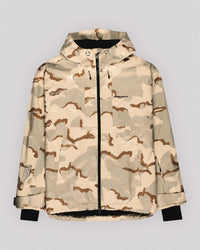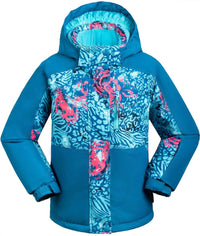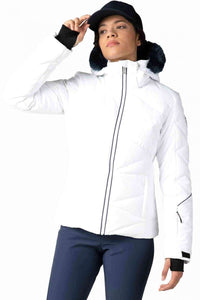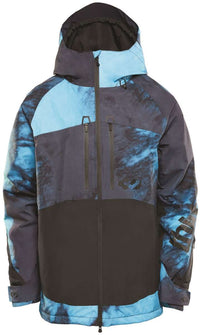Insulated Jackets & Mid Layers Outerwear Guide
Down Insulation
The most efficient insulating material under optimal conditions is down. Commercial down in clothing usually comes from geese and ducks and is composed of quill-less plumules from underneath the feathers. Down is rated by fill power, typically ranging from 500 to 800, with higher numbers indicating better insulation and higher prices. Fill power is determined by the volume one ounce of down occupies in cubic inches. Down-filled garments are highly compressible, lightweight, and warm, making them ideal for dry, cold climates and high-altitude activities. Down's weakness is moisture; when wet, down loses its ability to trap body heat. It's crucial to keep down dry, even though most shell materials used in down garments are treated with Durable Water Repellent (DWR). Combining down insulating layers with a waterproof/breathable outer shell is recommended to keep down effective in wet conditions.
Synthetic Insulation
Synthetic insulation, made of thin polyester fibers, provides warmth similar to down but retains heat more effectively when wet. It is not as compressible as down and can be less durable. Synthetic insulation has a lower warmth-to-weight ratio than down but performs better in damp conditions. Synthetic insulation is rated in gram weights; the heavier the weight, the warmer the insulation. Common synthetic fill weights range from 40 to 120 grams. Synthetic-filled garments are suitable for high exertion activities or wet weather. They are a good choice for maritime climates or temperatures around freezing. Synthetic fibers can compete with lower quality down in terms of insulating efficiency. Many synthetic fibers have eco-friendly versions made with recycled material.
Shop our collection of Insulated Jackets
Alternatives: Layering With Shells
Fleece Mid Layers
Fleece works well as an insulating layer under a waterproof/breathable shell for skiing and snowboarding, as long as it stays dry. One advantage of fleece is that many people already own a fleece jacket. Fleece is breathable, which is good during strenuous activity but can be a disadvantage in windy conditions. It doesn't have the same warmth-to-weight ratio as down or synthetic layers and is not very compressible. Fleece comes in various weights (light, medium, and heavy) to suit different weather conditions. For casual skiing or snowboarding in moderate temperatures, a fleece mid layer with a waterproof/breathable shell can be suitable. Fleeces are typically made from fibers that dry quickly and have simple care instructions.
Merino Wool Mid Layers
Merino wool midlayers are popular for their comfort, natural odor-fighting abilities, and as a natural alternative to synthetic fibers. Merino wool comes from Merino sheep, known for having soft and fine wool. Wool is often measured in grams per square meter, with light to medium weight starting around 100g and heavier insulation up to around 400g. Wool is a low-bulk alternative to down and synthetic insulations. Mid layers made from Merino wool, such as Smartwool, are available in heavier weights and can work for resort riding in warmer temperatures. A wool baselayer and/or midlayer paired with a waterproof shell provides a versatile, natural-fiber setup that can be layered heavier or lighter to match the conditions.
